Apart from a passionate relationship with the common toad, what do George Orwell and David Attenborough have in common? H.G. Wells is the answer. The self-consciously ‘great’ old man’s bad, yet gripping, writing about utopias profoundly influenced Orwell. And Attenborough, as a lad, was entranced by Wells’s extravaganza A Short History of the World — biology, space science, archaeology, the past and the future, all delivered for children in digestible weekly parts.
Already a subscriber? Log in
Subscribe for just $2 a week
Try a month of The Spectator Australia absolutely free and without commitment. Not only that but – if you choose to continue – you’ll pay just $2 a week for your first year.
- Unlimited access to spectator.com.au and app
- The weekly edition on the Spectator Australia app
- Spectator podcasts and newsletters
- Full access to spectator.co.uk
Or
Unlock this article
You might disagree with half of it, but you’ll enjoy reading all of it. Try your first month for free, then just $2 a week for the remainder of your first year.

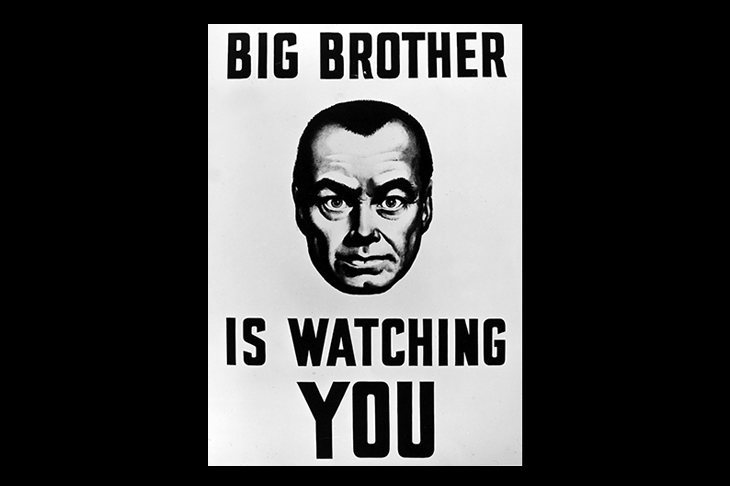
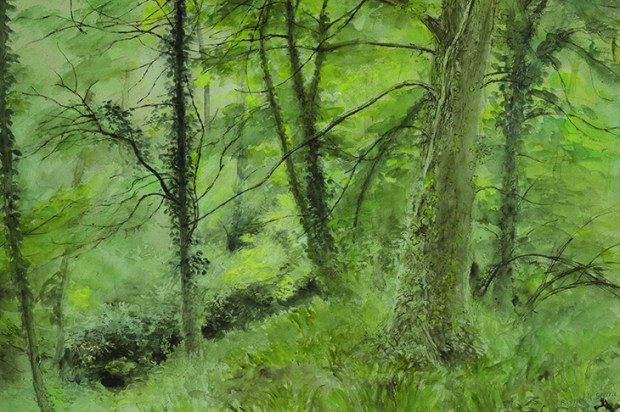
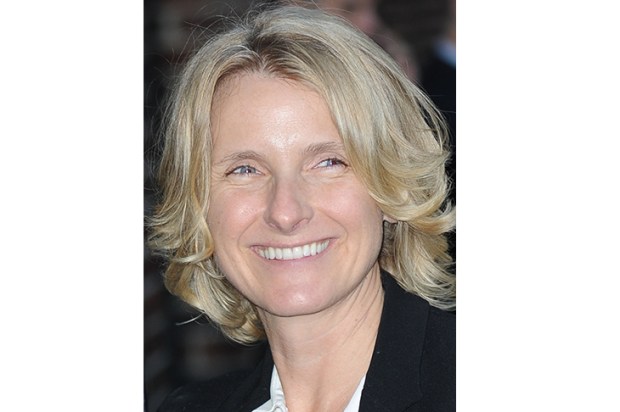

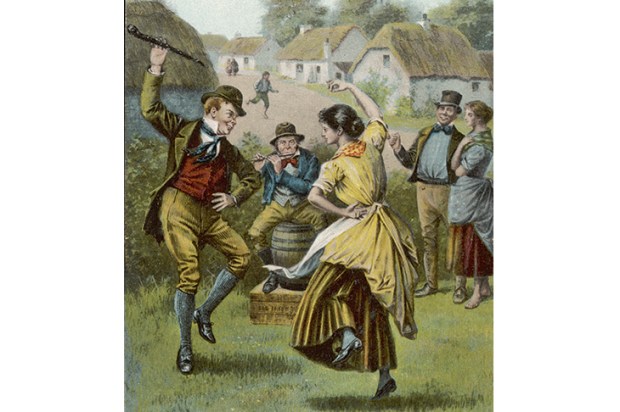
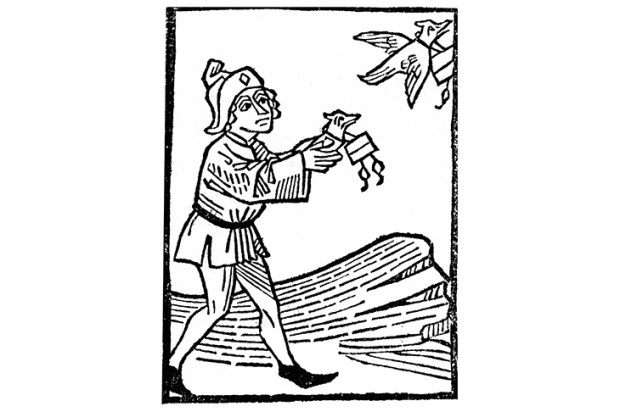
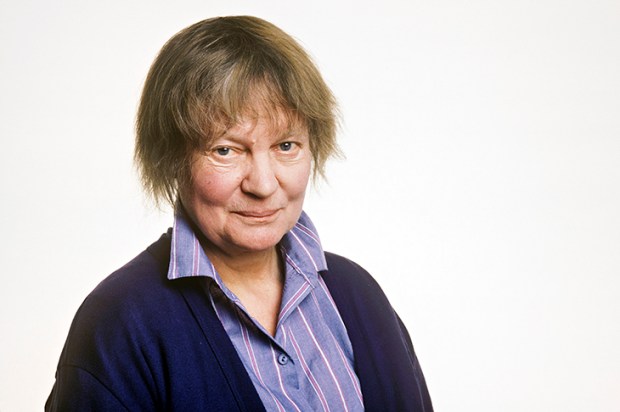






Comments
Don't miss out
Join the conversation with other Spectator Australia readers. Subscribe to leave a comment.
SUBSCRIBEAlready a subscriber? Log in